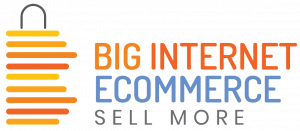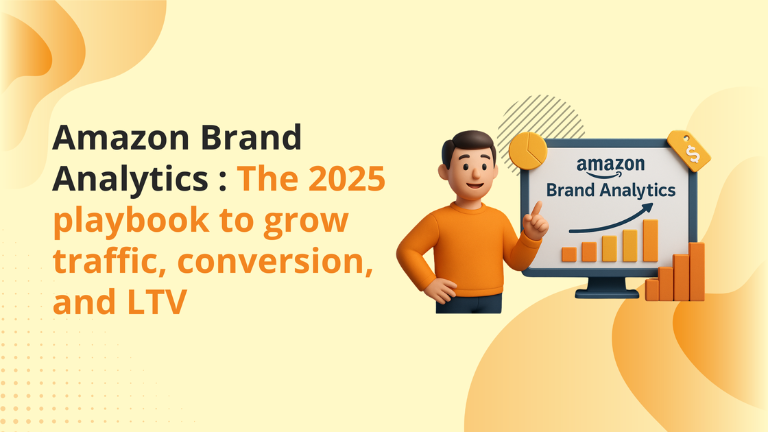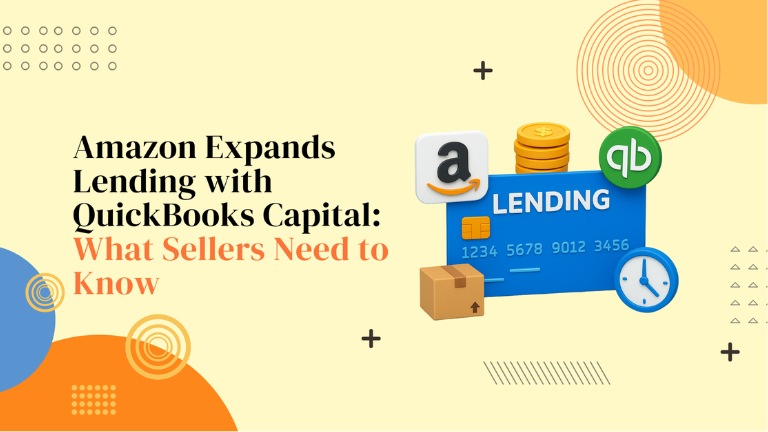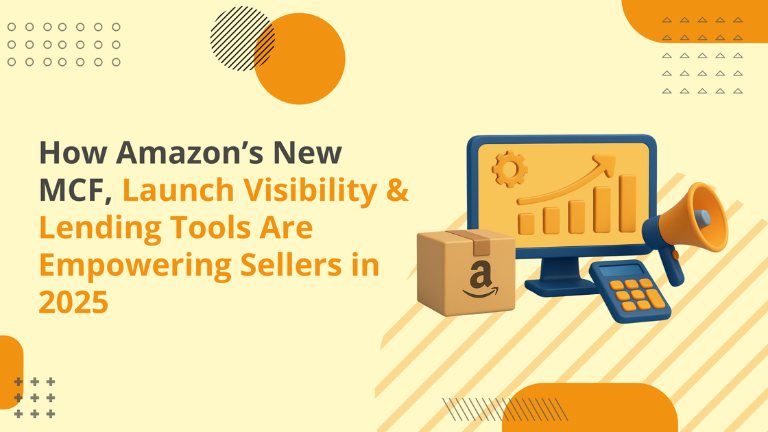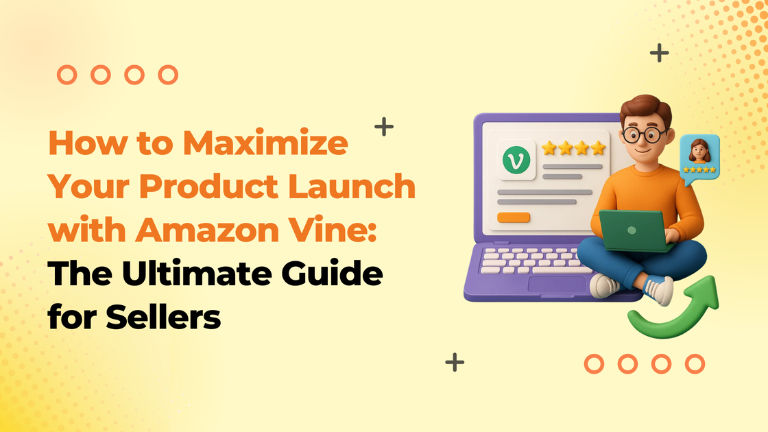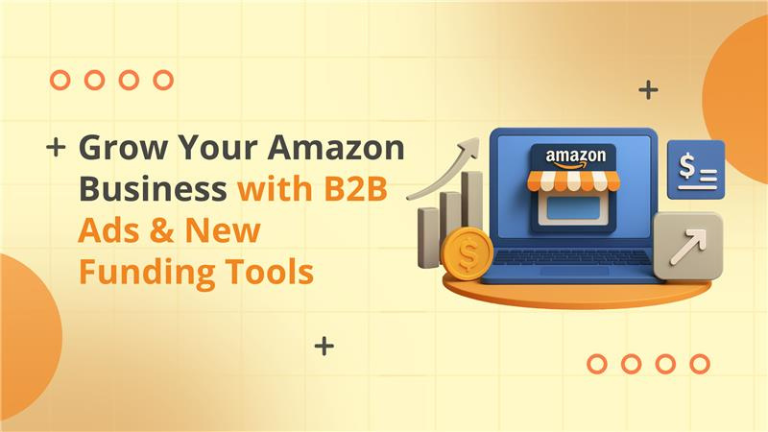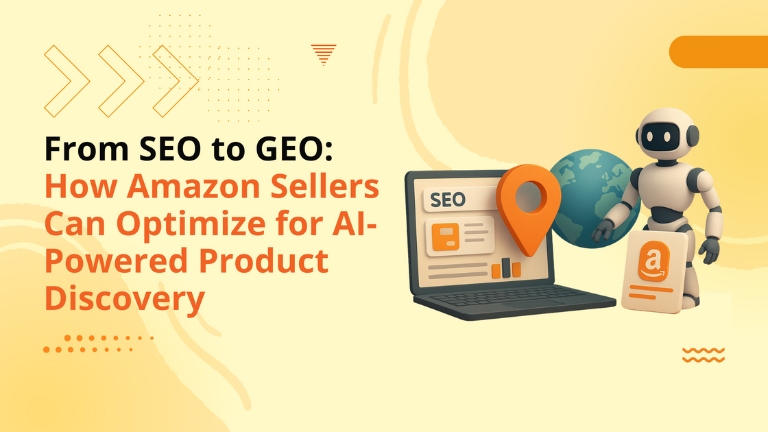Amazon Brand Analytics: The 2025 playbook to grow traffic, conversion, and LTV
In today’s competitive Amazon landscape, data isn’t just an advantage — it’s survival fuel. Every click, search, and purchase tells a story about how shoppers find and interact with your products. But unless you know how to interpret that story, you’re flying blind. That’s where Amazon Brand Analytics (ABA) steps in. Available exclusively to Brand Registered sellers, Amazon Brand Analytics consolidates real customer search, demographic, and purchase data into powerful dashboards — revealing what keywords drive sales, where shoppers drop off, and what products they frequently buy together. What is Amazon Brand Analytics (and who gets it)? Amazon Brand Analytics (ABA) is a suite of dashboards in Seller Central for Brand Registry brands with a Professional plan, accessible under Brands → Brand Analytics. It provides aggregated search and purchase insights to guide product, content, and advertising decisions. Key modules include Search Catalog Performance, Search Query Performance, Top Search Terms, Market Basket Analysis, Demographics, and Customer Loyalty Analytics. Eligibility: You must be enrolled in Amazon Brand Registry (registered or pending trademark; IP Accelerator can help) and have appropriate Brand roles/permissions. What each Amazon Brand Analytics (ABA) dashboard tells you (and what to do with it) 1) Search Catalog Performance (SCP): find the leak in the funnel SCP shows how your catalog performs across impressions, clicks, carts, purchases—pinpointing the step with the steepest drop so you know what to fix first (e.g., images/title for CTR, price/A+ for CVR). Actions: Low CTR → refresh hero image, tighten title with primary keywords. Low cart adds → strengthen value props above the fold; add comparison charts. Low purchases → test price, coupons, delivery promises. 2) Search Query Performance (SQP): win the right keywords SQP breaks down impressions, clicks, carts, purchases by query, plus your share vs total—at Brand or ASIN view. Use it to cluster high-intent terms, map them to ad groups, and rewrite PDP copy to the language shoppers actually use. Actions: Build a Broad → Phrase → Exact path for top clusters. Create Brand vs Non-Brand campaigns based on share-of-conversion. Track weekly share for your top 20 revenue queries. API note: SQP is also available via SP-API (GET_BRAND_ANALYTICS_SEARCH_QUERY_PERFORMANCE_REPORT) for automated pipelines. 3) Top Search Terms: ride the demand wave See search frequency rank, top-clicked brands & categories, and top products for hot terms—great for seasonality, content tweaks, and creative direction. Actions: Refresh titles/bullets with rising terms. Produce image stacks that mirror shopper language (e.g., “hypoallergenic cooling pillow” vs “breathable”). Spin up Sponsored Brands to capture SERP real estate. 4) Market Basket Analysis: increase AOV Discover the top three products purchased with your items to design Virtual Bundles, store navigation, and cross-sell placements. Actions: Launch a bundle that pairs your hero ASIN with the #1 complementary item. Add “frequently bought with” modules in A+ and Brand Store. Target complementary ASINs in Sponsored Display. 5) Customer Loyalty Analytics: protect and grow LTV Segment customers into Top Tier, Promising, At-Risk, Hibernating to tailor retention and win-back. The Amazon guide emphasizes increasing customer lifetime value (CLV) using behavioral trends. Actions: At-Risk: coupon or value-add bundle to reactivate. Promising → Top Tier: subscribe-and-save nudges, early access, or bundles. Track weekly changes in segment counts and revenue. BOFU — A 4-week Amazon Brand Analytics (ABA) → revenue sprint (BIE template) Week 1: Instrumentation & baseline Confirm Brand roles; open Amazon Brand Analytics (ABA); set ASIN & Brand views. Export SCP & SQP; mark funnel drops; identify top 20 revenue queries. Week 2: Fixes & alignment Update hero image/title; add comparison chart in A+. Re-map campaigns to query clusters; separate Brand vs Non-Brand. Week 3: Monetize insights Launch 1–2 Virtual Bundles from Market Basket Analysis. Storefront nav aligned to query clusters (collections). Loyalty plays for At-Risk and VIP perks for Top Tier. Week 4: Measure & iterate Compare CTR, CVR, AOV, spend/ROAS, repurchase rate vs baseline. Keep only what moved the needle; queue next tests. FAQs (quick hits) Q1. Do I need Brand Registry? A1. Yes, registered or pending trademark qualifies; IP Accelerator can speed it up. Q2. Where do I find Amazon Brand Analytics (ABA)? A2. Seller Central → Brands → Brand Analytics. Q3. Can I automate reports? A3. Yes—SQP is available in SP-API with the Brand Analytics role. How Big Internet Ecommerce (BIE) turns Amazon Brand Analytics (ABA) into outcomes (not slide decks) We plug Amazon Brand Analytics (ABA) into your weekly operating rhythm: insights → PDP changes, ad restructures, bundles, loyalty plays—then we measure the uplift. See our Amazon advertising & analytics services at BigInternetEcommcerece.com. Ready for an Amazon Brand Analytics (ABA) powered growth plan? Schedule a strategy call Follow Big Internet Ecommerce (BIE) on Instagram & LinkedIn to stay updated with the latest trends in Amazon selling.
Amazon Brand Analytics: The 2025 playbook to grow traffic, conversion, and LTV Read More »

